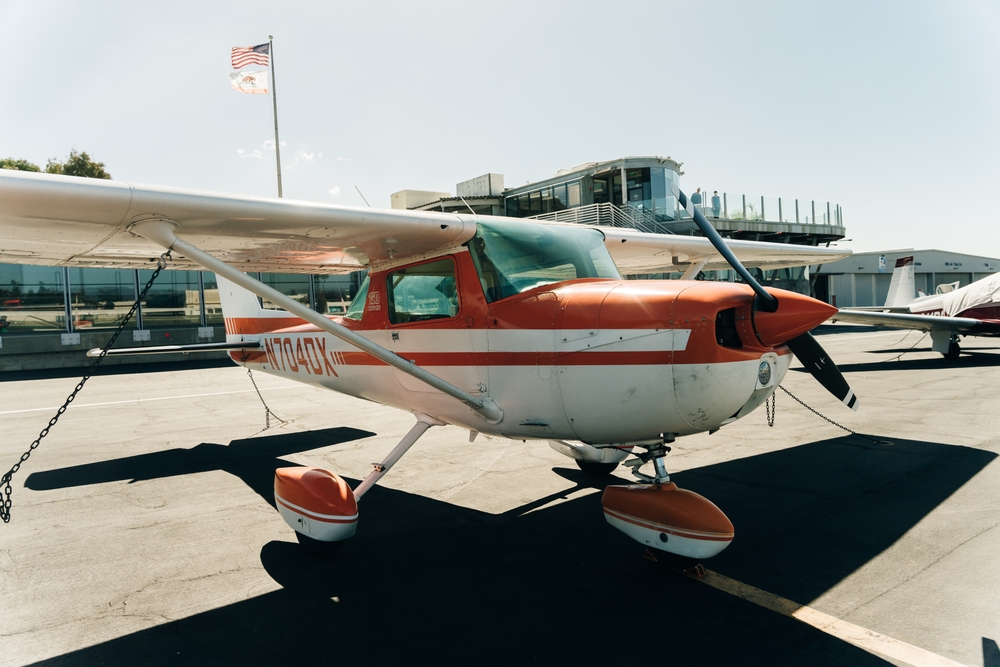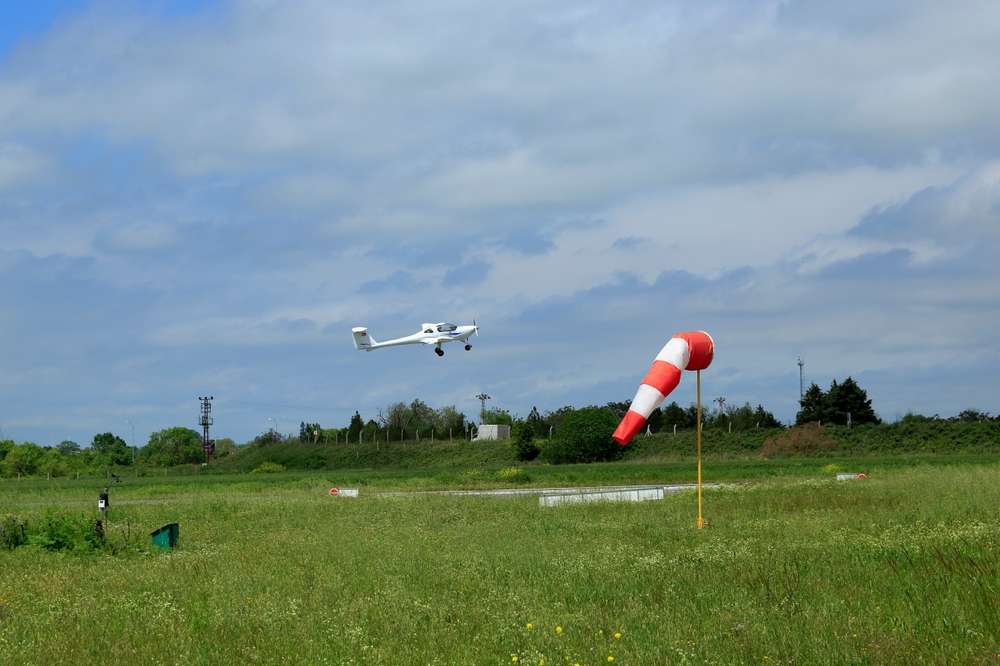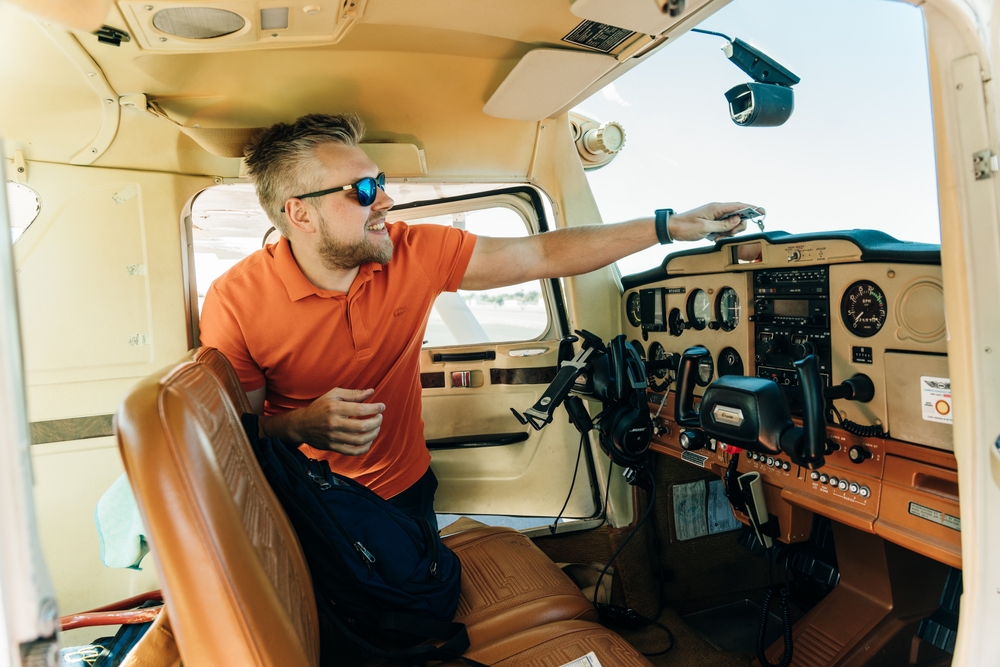While some aviators pursue a Private Pilot License (PPL) purely as a personal pursuit for leisure, others see it as the first crucial step toward an airline pilot career. If you have recently decided to begin your PPL journey or already hold the license, you might be thinking what exactly can you do with it before taking the next step?
This article takes a detailed look at both the benefits and limitations of the PPL, helping you gain a clear understanding of the license’s benefits in today’s aviation industry.
Table of Contents
What is the Private Pilot License?
The Private Pilot License (PPL) is the foundation of pilot certification and serves as the first significant milestone for aspiring aviators. Issued by aviation authorities such as EASA in Europe and the FAA in the USA, the PPL grants its holder the privilege to operate an aircraft as Pilot in Command (PIC) for private, non-commercial purposes.
The PPL is recognized internationally and adheres to licensing standards set by the International Civil Aviation Organization (ICAO). This ensures global compatibility and acceptance of the license. In practical terms, it offers broad access to a range of general aviation aircraft, depending on the license’s specific category and class.
While there is no universal legal limit on Maximum Takeoff Weight (MTOW) for PPL holders, regional guidelines and training norms define the typical aircraft used.
In EASA-regulated countries, pilot training for the PPL usually takes place on aircraft with an MTOW ranging from 570 kg to 2,730 kg, such as the Cessna 172, Cessna 152, Piper PA-28, Diamond DA40, Cirrus SR20/SR22, and Tecnam P2002 or P2008. To compare, under the FAA system in the USA, common training aircraft include the Cessna 172 and Beechcraft Bonanza G36, among other general aviation models.
However, MTOW limitations are defined by the specific aircraft category and class rather than by the PPL itself.
How do you get the PPL?
Obtaining a PPL demands time, focus, and financial investment. To achieve it, aspiring pilots must complete a combination of theoretical studies, practical flight training, and regulatory examinations. The process begins with enrolling in an approved flight school or training organization. This can be a small local flying club, a private flight academy, or a larger aviation training center. It depends on the country and your preference.
Theoretical knowledge
Ground school is at the core of earning a PPL. Cadets must first build theoretical knowledge essential for safe operations. The ground school covers eight subjects, including:
- Air Law. Covers aviation regulations, rules of the air, airspace classifications, flight rules, and pilot responsibilities
- Meteorology. Covers weather patterns, clouds, winds, atmospheric pressure, and how different weather conditions can affect flight. Pilots must be able to interpret weather reports and forecasts to make sound decisions before and during a flight.
- Principles of flight. Explains the fundamentals of aerodynamics, lift, drag, thrust, and how aircraft performance is influenced by design and environmental conditions.
- Aircraft general knowledge. Builds technical knowledge about aircraft systems, engines, instrumentation, electrical systems, and limitations.
- Navigation. Focuses on reading aeronautical charts, plotting routes, using radio navigation aids, calculating headings, and understanding geographic references to ensure accurate travel from one location to another.
- Operational procedures. Provides insight into standard flight operations, emergency procedures, communication protocols, and how to handle abnormal situations both on the ground and in the air.
- Flight performance and planning. Teaches pilots how to calculate aircraft weight and balance, fuel requirements, takeoff and landing distances, and how to plan flights in accordance with aircraft limitations and environmental factors.
- Human performance and limitations. Addresses the physiological and psychological aspects of flying, such as the effects of altitude, fatigue, stress, and decision-making under pressure.
Practical flight training
Alongside ground school, aspiring pilots are required to accumulate a specific number of flight hours, combining both dual instructions with a qualified flight instructor and solo flight time.
In Europe, under EASA regulations, the minimum requirement is 45 hours of flight time, while in the USA, the FAA mandates a minimum of 40 flight hours under Part 61 regulations. These hours include various flight exercises such as takeoffs, landings, emergency procedures, navigation, and cross-country flying.
Before undertaking your first solo flights, a cadet pilot must first obtain a valid Class 2 medical certificate, which must be issued by an authorized local aviation medical examiner. The health examination checks the pilot’s vision, hearing, overall physical health, and mental fitness to ensure the individual meets the basic medical standards for private flying.
You can find more information about medical requirements for pilots here.
Pilot examination
Once aspiring pilots have completed their theoretical training and accumulated the required flight hours, they must pass two key examinations. The first is a written knowledge test designed to evaluate their understanding of the eight core subjects. Following this, candidates undergo a practical flight test, commonly known as the check ride or assessment, which includes both an oral examination and an in-flight demonstration of their piloting skills.
Upon successfully passing both the written exam and the practical flight test, pilots are awarded their PPL. This certification legally authorizes them to operate an aircraft as pilot-in-command (PIC) for non-commercial purposes, within the privileges defined by their license and the specific aircraft category.

What can you do with a PPL: benefits
Earning a PPL comes with several important privileges. The primary benefit is that the license holder is authorized to fly the aircraft they are rated for. And.. you achieve the official title of private pilot!
With a PPL, you can fly solo or carry passengers. However, the flight must not be conducted for compensation or hire. This means you are free to use an aircraft for personal travel, take family and friends along, and even rent or buy a plane to explore different destinations.
While private pilots cannot make a profit from flying, cost-sharing arrangements are allowed under certain conditions. For instance, EASA regulations (Regulation (EU) No 965/2012) permit cost-sharing flights if all occupants, including the pilot, share the direct costs equally, and no profit is made. Similarly, the FAA allows private pilots to share direct operating expenses such as fuel, oil, airport fees, and rental charges with passengers, as outlined in 14 CFR §61.113(c).
The PPL authorizes flights under Visual Flight Rules (VFR), which means flying during daylight and in good weather conditions. This allows you to undertake cross-country and cross-border trips, enjoy recreational flying, and participate in aviation events and community activities.
What you cannot do: limitations of a PPL
While holding a PPL is an exciting achievement, it also comes with clear limitations. Most importantly, private pilots are not allowed to receive payment for flying. This means you cannot operate charter flights, fly for airlines, or work as a flight instructor unless you pursue additional qualifications, such as a Commercial Pilot License (CPL) or a Certified Flight Instructor (CFI) certificate.
Another key restriction is that a PPL authorizes flights only under Visual Flight Rules (VFR). You cannot fly in poor weather, low visibility, or cloud conditions, known as Instrument Meteorological Conditions (IMC), without obtaining an Instrument Rating (IR). The same applies to night flying, which also requires additional training and certification.
There are also limitations on the type of aircraft you can operate. A standard PPL typically covers single-engine piston aircraft. If you wish to fly jets, turboprops, multi-engine aircraft, or other complex types, you must complete further training and obtain the appropriate ratings or type endorsements.
What additional ratings might you need to expand your PPL privileges?
The good news is that the PPL is not a static license. You can expand it significantly with additional ratings, including:
- Instrument Rating (IR). This rating will allow you to fly in low visibility and under Instrument Flight Rules (IFR).
- Night Rating. This type of rating will permit you to fly during nighttime in the EASA jurisdictions. However, if you are flying in the USA, pilots with the PPL do not need a separate Night Rating, because night flying privileges are already included in the standard PPL training.
- Multi-Engine Rating. With a PPL and Multi-Engine Rating, both EASA and FAA allow flying light piston twins or similar general aviation aircraft for non-commercial purposes. This covers flights with Piper PA-44 Seminole, Piper PA-34 Seneca, Beechcraft Baron 58, Cessna 310, Diamond DA42 Twin Star, and Tecnam P2006T.
- Seaplane Rating. It will allow you to operate floatplanes.
- Complex Aircraft Endorsement. Covers aircraft with retractable landing gear, constant-speed propellers, and flaps, such as Piper PA-28R Arrow, Beechcraft A36 Bonzaza, Mooney M20 series, Cessna 172RG Cutlass, Piper Saratoga PA-32R, and Piper Comanche PA-24 series.
- High-Performance Aircraft Endorsement. This endorsement is necessary for pilots aiming to fly aircraft with engines over 200 horsepower.
If you add these ratings to your PPL, you will unlock new flying environments and more advanced aircraft within the non-commercial scope of private aviation.

So, what comes after the PPL? If your ambition is to progress toward a professional flying career and eventually earn income as a pilot, the next step is building the required flight hours. Because only with sufficient flight experience can you qualify for advanced licenses such as the Commercial Pilot License (CPL) or the Airline Transport Pilot License (ATPL).
Are you curious about the most effective ways to accumulate flight hours as a low-time pilot with the PPL? Take a look at our detailed article here.

